Apple Pay: Everything you need to know
Five reasons businesses should consider using Apple Pay to take in-store payments, plus latest Apple Pay news
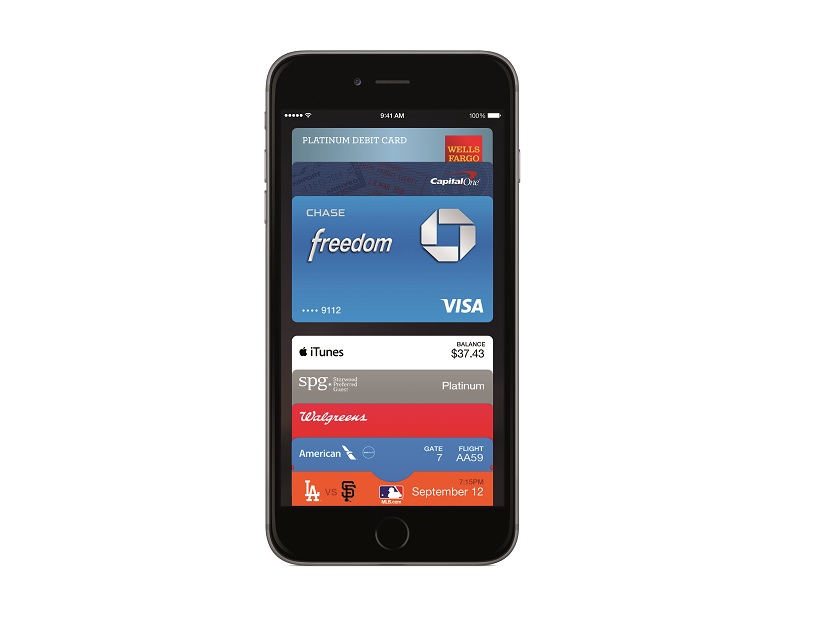

Apple Pay latest news
28/07/16
Australian banks launch appeal against Apple
Three of Australia’s largest banks have joined forces in a bid to force Apple to allow third-party digital wallets on its iPhone devices.
National Australia Bank, Commonwealth Bank and Westpac Banking Corp have appealed to the Australian Competition and Consumer Commission requesting negotiations with Apple, reports The Sydney Morning Herald.
Apple does not allow third-party payment apps on its devices and the group of banks believe the restriction amounts to anticompetitive behaviour – but the group must first seek approval from the ACCC before any talks can begin.
According to Reuters, the three banks have so far refused to strike a deal to use Apple Pay – instead wanting device users to be able to use their own third-party digital wallets.
Smaller Australian lender Bendigo and Adelaide Bank has since joined the appeal, the website says.
The ACCC are expected to give their decision in approximately a month.
ChannelPro Newsletter
Stay up to date with the latest Channel industry news and analysis with our twice-weekly newsletter
Speaking on behalf of the banks, Novantas senior advisor Lance Blockley said: “This is about providing Australians with real choice and better outcomes.
"If successful, the application would have tremendous benefits for the entire Australian mobile payments landscape including for public transport fares, airlines, ticketing, store loyalty and rewards programs and many more applications yet to be developed."
The Sydney Morning Herald also adds that only one Australian bank currently offers Apple Pay; ANZ Bank was originally part of the group requesting negotiations – before performing a U-turn and striking a deal back in April.
The news comes just eight months after Apple Pay’s Australian debut with American Express.
20/07/16
MasterCard steps up digital wallet game
MasterCard has redesigned its Masterpass digital wallet, aiming to step above its competitors.
The overhaul allows users of the payment system to make contactless purchases in-store and combines multiple payment forms into one, the company announced.
Protected by advanced security methods, users will now be able to make payments “across devices and channels” online, in-app and now in-store using contactless.
The all-encompassing Masterpass has rolled out in the US – with the digital wallet system set to be available in the UK next year.
The digital wallet is, however, only available on Android devices equipped with NFC chips.
“MasterCard is the first network to deliver an omni-channel, all-digital payment service for consumers, issuers and merchants leveraging the most advanced methods of payment security available today,” MasterCard announced.
“The enhanced digital payment functionality helps issuers differentiate existing products, including mobile banking apps, by integrating digital payment functionality and new services like purchase alerts and paying with points.”
Numerous US banks and partners already support Masterpass – including Bank of America, Citi and Capital One.
Craig Vosburg, president of North America, Mastercard, said: “With billions of cardholders across the globe, we are working with our issuers and merchants to ensure that we’re delivering digital payments that support consumer expectations for a familiar and secure payment experience both now and in the future.”
“The expansion of Masterpass represents an important evolution of our business,” Vosburg added, “We’re packaging the intelligence and insights generated by digital payment solutions to power a wide range of merchant and consumer experiences.”
13/07/16
Samsung Pay satisfies more customers
Samsung Pay is currently leading the way when it comes to customer satisfaction levels in the US, reports NFC World.
The latest research from Auriemma Consulting Group (ACG) shows that a larger percentage of Samsung Pay users are happy with the service than those using Apple Pay. Research also reveals that those using Samsung’s digital payment system also report fewer point-of-sale problems.
Apple Pay did come out on top in terms of converting the largest amount of its customers to its payment service – boasting 33% percent compared with Samsung Pay’s 23 percent.
Research was carried out using ACG’s Mobile Pay Tracker, sampling 2,004 customers in the US. Of this total, 1,000 people used an Apple Pay compatible device and 327 had a Samsung Pay equivalent.
Customer satisfaction for Samsung Pay totalled 92 percent - with Apple falling slightly shorter with 84 percent.
It is also reported that Samsung Pay users spend $82 on average per week using the digital wallet system – with Apple Pay users more likely to spend around the $75 mark.
Apple Pay did also come out on top in the recommendation stakes, however, with 53% of users stating that they would recommend the service - compared with 49 percent for Samsung Pay.
Managing director of payment insights at ACG Marianne Berry reasoned: “Some of this may be due to its newness, with most Samsung users reporting three months of experience compared to a year for Apple Pay. Even so, Samsung Pay outscores Apple Pay on a number of metrics.
“Right now, the pool of eligible Samsung users is much smaller than Apple’s, but as more Samsung phones are upgraded, the application’s broader merchant acceptance has the potential to more quickly convert its smartphone owners to Pay users.”
29/06/16
Apple Pay takeup falters in UK
Apple Pay is struggling to make its mark, new research has found.
Citing the latest information from PYMNTS and InfoScout Apple Pay Adoption tracker, Business Insider UK reports that adoption of the digital wallet system has “stagnated.”
The website states that 23.8 percent of users have used the payment method to date – marking an increase of just half a percent since the last quarter.
Nine percent of users had used Apple Pay in November 2014 (a month after its introduction) – with 16.6 percent having done so by the same time in 2015. By March of this year, the figure stood at 23.3 percent.
The website attributes various reasons for the stagnating figures.
It is claimed that the initial adopters of the digital wallet were “likely tech savvy and hungry to test it” – which is not reflected in the general population.
Many people also do not feel they need to make use of Apple Pay: 47 percent of people asked stated that their main reason for not doing so is because they are content with their current method of payment.
A lack of clarity as to where Apple Pay can be used is also cited as a critical factor – with many stores not advertising the fact that they accept the payment method.
Business Insider does, however, add that the problem is applicable to all digital wallet systems – not just Apple Pay.
Citing a recent US Federal Reserve study, it is reported that 74 percent of people not using a digital wallet would still not do so even if existing issues were addressed.
15/06/16
Apple Pay adds website payments
Apple Pay has been extended to website payments for Mac users, it has been announced.
Apple announced the news at its annual Worldwide Developers Conference (WWDC) this week, stating that website developers will now be able to incorporate an Apple Pay button at online checkouts.
The online payment option currently only works in the Safari web browser, where Mac users will see a “Pay with Apple Pay” option.
Once the payment option has been selected, users can then authenticate payments via their iPhone’s TouchID or through a linked Apple Watch.
The development has been seen by some as a bid to challenge to PayPal, with Piper Jaffray’s Gene Munster telling clients: “We view this as the first concrete step into direct competition with PayPal.”
According to CNBC, the analyst also states that Apple Pay is “a superior point-of-sale mobile payment solution and, with the dawn of availability in online channels, a legitimate threat to PayPal’s staying power.”
However, Ars Technica reports that Aite Group senior analyst Thad Peterson adds caution here - noting PayPal’s longer presence and lack of platform bias.
He told the website: “There are already a lot of payment choices out there and merchants aren’t likely to offer every one, as it creates what is being called the 'NASCAR effect' where the shopping cart/pay window carries a whole bunch of different logos and choices.
“More likely is that merchants will select one or two that have the greatest potential to positively impact sales. I suspect that if the merchant’s offering targets users who are in the Apple/iPhone demographic, they may choose to add Apple Pay, but it will always be in addition to a card-on-file option and/or another buy button like PayPal.”
27/05/16
Apple ‘working rapidly’ to expand Apple Pay
Apple is “working rapidly” to introduce Apple Pay to more countries, the company has said.
The digital wallet system is currently only available in six nations – the UK, the US, Australia, Canada, China and – most recently – Singapore.
With plans already in motion to bring the service to Hong Kong, Apple Pay vice president Jennifer Bailey told TechCrunch that there are plans to expand into further markets.
She said: “We’re working rapidly in Asia and also in Europe, our goal is to have Apple Pay in every significant market Apple is in.
“We have announced Hong Kong [and], across the [Asia Pacific] region, we’re talking to many partners and banks and evaluating how quickly we can bring Apple Pay to new markets.”
Bailey did not reveal which country would follow Hong Kong in receiving Apple Pay - but did explain some of the company’s thoughts behind its selection process.
“First, we look at the size of the market for Apple products. We also look at credit and debit card penetration, and [existing] contactless payment coverage,” She said.
“[But] when we bring Apple Pay to market even when contactless is low it will grow — it was four percent in the US but is now 20 percent.
“We also work with our network partners, where we can utilise integration with Amex and Visa, to go to market quickly.”
Bailey also said that she is “really excited about the momentum” gained in Apple Pay’s current markets - adding that the payment system’s introduction to China had been “really successful.”
Earlier in the year, it was reported that the service hit three million provisions in the country within its first three days.
26/05/16
Apple Pay better positioned than Android Pay?
Apply Pay has better long-term prospects than Android Pay despite an underwhelming start, it has been claimed.
According to Barron’s, just 20 percent of handsets purchased have been used to make payments with Apple’s digital wallet system.
Gene Munster, analyst at Piper Jaffray, believes this represents a “slow start” compared to the expectations of investors – but Apple’s hardware-over-software approach may place it in a better position than its Android counterpart going forward.
In a note sent to investors, Munster explains that Apple Pay utilises two chips within the device’s hardware that aid transaction security – the “Secure Enclave” and the “secure element.”
Munster said: “We believe long term the usage of Apple Pay will grow exceptionally based on a belief that Apple Pay, using a Secure Enclave/secure element inside of iOS, has an advantage over Android Pay’s host-based card emulation (HCE) in that it’s more secure, with a similar user experience.
“The secure element method utilizes internal hardware to secure payment data, while the HCE method uses software.”
The iPhone’s Secure Enclave is a separate, encrypted co-processor within Apple’s A7 chips that enables Touch ID authentication and allows payment transactions to proceed.
The secure element is described as being a chip “similar to the smart chips on modern credit cards” that enable communication with payment networks.
In contrast, Android Pay makes use of software-based Host Card Emulation (HCE) – which, although potentially less secure - does allow for more flexibility.
Munster said: “We note that there are currently some third-party applications on Android that utilize its NFC chip to offer point of sale payment offerings. One example is the Capital One Wallet, which lets users make contactless payments using their Capital One accounts.
“PayPal stated at Mobile World Congress in February that it would add NFC capabilities later this year to Android, and we expect the functionality, both in terms of user experience and technical handling of the payment, to be similar to Capital One’s Android app.”
24/05/16
Android Pay launches in UK
Android Pay has launched in the UK, meaning Android smartphone users can now make contactless payments using their handset.
The launch comes eight months after Google’s digital wallet system was first introduced in the US.
Originally unveiled in May 2015, Android owners can now make contactless payments in the same way that iPhone owners have been able to for some time with Apple Pay.
Android handsets running KitKat 4.4 and higher include NFC capability – meaning users can download Android Pay and use their handset at any of the 460,000 contactless payment terminals in the UK just as they would using a contactless card.
Android Pay also improves the online shopping experience, eradicating the need to keep inputting card details at the checkout.
Google’s digital wallet currently supports Visa and MasterCard credit and debit cards from HSBC, Lloyds Bank, Halifax, Nationwide, Bank of Scotland, First Direct, MBNA and M&S Bank.
Barclays, RBS, Natwest and Santander do not yet support the facility, however.
Unlike its Apple rival, Android Pay allows users to make payments of up to £30 without the need to unlock the handset. Transactions totalling above this require the user’s security details – such as a fingerprint, PIN or security pattern.
Ernest Doku, telecoms expert at uSwitch.com, commented that Android Pay may have a bigger impact on how payments are made in the UK due to its low entry barrier.
He said: “Any Android users glancing sideways at their iPhone owning mates paying for coffees and train tickets on their phones can put the green-eyed monster to rest. Android Pay is here and it’s prolific.
“Wide-reaching support for NFC means it works everywhere that contactless cards are accepted, but the launch is just the start and work must be done to garner mainstream adoption.”
Apple Pay is currently the most popular digital wallet service – reportedly boasting 12m monthly users worldwide. In contrast, Android Pay and Samsung Pay have an estimated 5m each, according to Bloomberg.
16/05/16
Apple Pay paves way for electronic UK driver’s licences
UK drivers could soon be able to use Apple Wallet to store their driver’s license.
CEO of the Driver Vehicle Licensing Agency (DVLA), Oliver Morley, recently shared an image of the new feature on Twitter, reports 9 to 5 Mac.
The image clearly depicts a UK licence stored within the Wallet application – something Morley states as being a “work in progress”.
The driver’s name, photo and birth date are all clearly visible on screen – along with the licence ‘issued’ and ‘expiry’ dates.
The wallet service already allows users to electronically store credit and debit cards (Apple Pay), reward cards, tickets and even airline boarding passes.
Now, it seems, the UK Government is also attempting to utilise the facility following last year’s abolishment of the driving licence’s paper counterpart.
In another tweet, Morley explained that there is currently “no timeline yet” for the electronic driving licence and that, once implemented, it would not be a replacement for the current photo card – more of an “add-on”. He also added that “security [is] our priority”.
However, The Inquirer reason that it is “unlikely” to be implemented any time soon as the “security requirements alone will require a lot of testing” – they also speculate that last year’s introduction of Apple Pay was the “likely catalyst” for this development, encouraging others to see what could be included within the Apple Wallet app.
The Independent adds that an electronic licence could “easily be connected to a database or other feature that would verify any pass that was presented” – in a similar way to how many venues already connect to a database to determine whether a person should be allowed to enter a premises.
11/05/16
Apple Pay makes progress in Canada
Support for Apple Pay continues to spread – with two major Canadian Banks now on board.
Royal Bank of Canada and Canadian Imperial Bank of Commerce will now allow their credit and debit card holders to pay using Apple’s mobile wallet service.
According to the Financial Post, other financial institutions that have joined the payment technology include ATB Financial and Canadian Tire Financial Services – with the remaining three of Canada’s “big five” banks to follow suit in the near future.
The move comes after Apple Pay launched in Canada in November 2015 via non-bank issued American Express credit cards.
Jennifer Bailey, vice president of Apple Pay, said: “We are thrilled that seven of Canada’s leading banks, including […] every one of the Big Five, are bringing Apple Pay to their customers.”
The Toronto Star reports that the delay in introducing Apple Pay to Canada could be down to the incorporation of a domestic debit card system – with debit company Interac claiming it had been in talks with Apple for “the past year and a half”.
Apple’s Jennifer bailey explained: “In Canada, Interac is a huge percentage of the payments volume so we thought it was very important to include Interac as part of our launch.”
Avinash Chidambaram - vice president of product and platform development at Interac – also concluded: “They realised that it was important for them to support debit in order to be successful in Canada.”
The Star also reports that an agreement was reached between Apple and payment processor Moneris for use “with the 85 percent of its terminals that are enabled with near-field communication technology.”
19/04/16
Apple Pay extended to Singapore
Apple Pay has been launched in Singapore, making it the sixth nation to adopt the electronic payment system.
The country follows the UK, the US, Canada, Australia and China in utilising the payment system – becoming only the second territory in Asia to provide the service.
However, Apple Pay is only available to American Express-issued cards at the present time.
Apple has said that credit and debit cards issued by Standard Chartered, DBS Bank and UOB are set to follow in the coming months.
Apple Pay Vice President Jennifer Bailey announced: "Starting today, Apple Pay is available for eligible American Express-issued credit cards in Singapore, so customers can now pay in an easy, secure and more private way.
“We’re also thrilled that credit and debit cards from Singapore’s most popular banks, including DSB, UOB, and Standard Chartered will work with Apple Pay in the coming months – so even more people can experience the best way to pay from their iPhone, Apple Watch, or iPad.”
Cheng Heng Chew, country manager at American Express Singapore, also commented. He said: "Apple Pay benefits our merchant customers looking for efficient and secure ways for their customers to shop and pay, while reducing time spent at point of sale.
“Contactless technology helps satisfy shoppers’ desire for speed and convenience as well as simplifying the payment process for businesses."
A host of retailers in Singapore have made Apple Pay available, including: TopShop, StarBucks, Uniqlo, StarHub, Shaw Theatres and FairPrice. Other retailers with NFC terminals are expected to follow in due course.
11/04/16
Barclays introduces Apple Pay
Barclays has announced that its customers can now use Apple Pay.
The move comes nine months after Apple introduced the payment system to the UK, making it the last of the major high street banks to support the service.
Ashok Vaswani, Barclays UK chief executive, said: “We are passionate about helping customers access services and carry out their day-to-day transactions in the way that suits them.
“Adding to the existing choice, from today both Barclays debit and Barclaycard credit card customers can use Apple Pay to make payments with their Apple device across the UK.”
Other UK lenders have also revealed plans to join the Apple service, with Metro Bank informing the BBC of plans to follow suit “within a few months.” Virgin Money is also expected to adopt the payment system at a later date.
Barclays, however, did add that there are currently no plans to join Android Pay or Samsung Pay once released in the UK.
The Barclays mobile app already allows Android users to pay via their handset’s NFC chip – whereas Apple does not allow third-party applications to do the same.
28/01/16
3.2m journeys made using mobile payment following launch of Apple Pay
More than 3.2m public transport journeys have been made using mobile devices in the six months since Apple Pay was launched in the UK.
According to Transport for London’s Commissioner’s Report for February, the was a sharp increase in the use of mobile devices – including EE and Vodafone’s contactless payment services – as a payment method following Apple Pay’s launch last July.
The chart below shows the number of journeys using mobile devices.
Says the report: “Apple Pay’s launch in July saw a flurry of new mobile devices used on our system, followed by later spikes as issuing banks were added to the Apple Pay system. Overall, the growth of new devices has stabilised and is similar to that for cards.”
Five ways Apple Pay has transformed business
Apple’s mobile payment system, Apple Pay, was launched alongside the iPhone 6 in July this year and with its highly-regarded security for consumers and a wide support network from financial institutions, it presents massive opportunities for retailers.
It works by using the iPhone or Apple Watch’s NFC chip to process payments, using the device’s fingerprint reader or a user’s secure passcode for authentication, unlike regular card-based contactless payment processing.
If you’re unsure whether to sign up to Apple Pay to speed up transactions with customers, here are five reasons to start using the payment service to boost your business.
It will make you more competitive
With the majority of banks supporting Apple Pay, as well as Visa, Mastercard and American Express payment providers, it means you can accept payments from customers using the full range of methods, making your business more attractive for consumers and business customers alike.
Additionally, customers have become accustomed to using contactless payments to buy things in-store and Apple Pay is set to go the same way, with consumers expecting to be able to pay via their mobile.
Jonathan Vaux, Visa Europe’s executive director for new digital payments and strategy said he thinks Apple Pay will help normalise mobile payments thanks to its advanced, secure, easy to use technology and general convenience, which in turn, is a great thing for both businesses and consumers.
Customer security
The fact customers have to use their fingerprint or passcode before authorising a transaction rather than just swiping their device means it’s more secure than other contactless payment methods, in turn giving your customers complete peace of mind that their details are safe with you.
The only time payment information leaves the device is when customers set up their cards or payment details on their iPhone or Watch. This information is encrypted, sent to Apple's servers, where it’s then encrypted again and sent to the payment provider for approval along with other information related to the customer (so the bank can authorise the addition). The provider then assigns an account number, sends it back to Apple, which is turn sends it to the user’s device.
When a customer enters their passcode or uses the fingerprint sensor to activate a transaction, Apple only sends the Apple Pay account number and a unique security code to the customer’s bank, rather than any card information to ensure card information cannot be intercepted.
No additional cost
If you’re already set up to accept mobile and contactless payments, getting on board to accept Apple Pay won’t cost you any extra.
In fact, you probably won’t need to invest in any extra equipment either - just contact your current payment provider to find out how to upgrade your system to accept Apple Pay and they should be able to make the change pretty easily.
If you don’t already accept NFC payments, you will need to upgrade your terminals, which is subject to a small fee (around £500), but that shouldn’t deter you, because it’s likely the investment will pay off pretty quickly, even if you’re a small business.
Simplifying the customer journey
Customer journeys are often disrupted with the disconnect between finding a product online (increasingly via mobile research), then heading into a shop and having to use their debit/credit card to complete the transaction.
In fact, research by McKinsey revealed that 52 percent of consumers look for a deal or promotion using their mobile before going into a store to buy it.
Using Apple Pay will make the customer journey more seamless, allowing customers to use their mobile for the entire process, including finding the product online, reserving/checking stock by phoning the shop or reserving digitally, navigating to the retailer using a mapping application on the device and then using Apple Pay to complete the transaction.
Building an e-commerce future
There are plans for Apple to start rolling out an e-commerce function in future so customers will be able to implement the solution into their e-commerce platforms, making payment processing even simpler.
The real-time checkout means even more simplicity for customers and more opportunity for you, bringing together your in-store, online and in-app payment strategies, future-proofing your organisation and ensuring you’re always one step in front of your competitors.
Barclays introduce Apply Pay
Barclays has announced that its customers can now use Apple Pay.
The move comes nine months after Apple introduced the payment system to the UK, making it the last of the major high street banks to support the service.
Ashok Vaswani, Barclays UK chief executive, said: "We are passionate about helping customers access services and carry out their day-to-day transactions in the way that suits them.
"Adding to the existing choice, from today both Barclays debit and Barclaycard credit card customers can use Apple Pay to make payments with their Apple device across the UK."
Other UK lenders have also revealed plans to join the Apple service, with Metro Bank informing the BBC of plans to follow suit “within a few months.” Virgin Money is also expected to adopt the payment system at a later date.
Barclays, however, did add that there are currently no plans to join Android Pay or Samsung Pay once released in the UK.
The Barclays mobile app already allows Android users to pay via their handset’s NFC chip – whereas Apple does not allow third-party applications to do the same.

Clare is the founder of Blue Cactus Digital, a digital marketing company that helps ethical and sustainability-focused businesses grow their customer base.
Prior to becoming a marketer, Clare was a journalist, working at a range of mobile device-focused outlets including Know Your Mobile before moving into freelance life.
As a freelance writer, she drew on her expertise in mobility to write features and guides for ITPro, as well as regularly writing news stories on a wide range of topics.
-
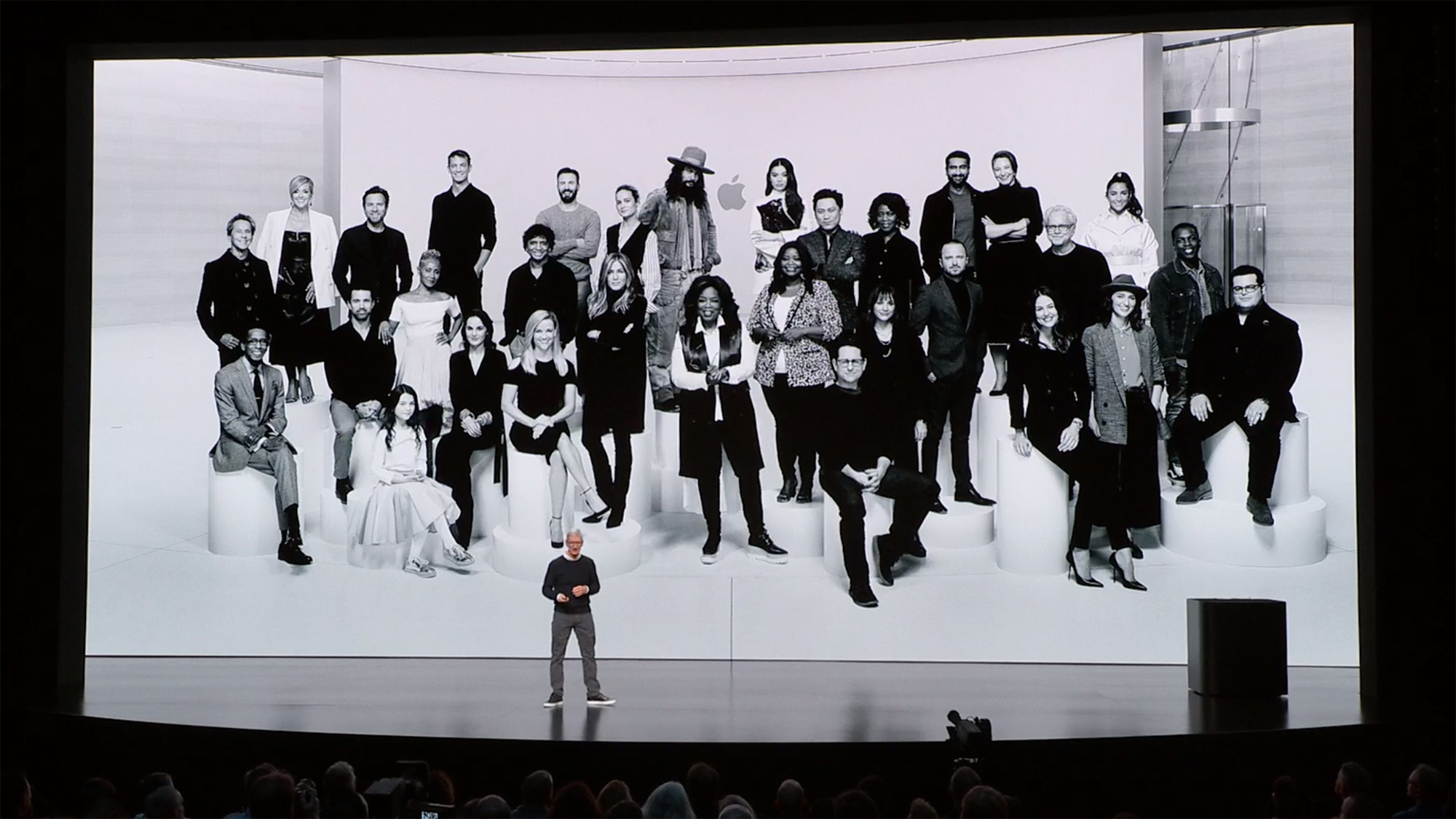 Apple launches new TV, gaming and finance services
Apple launches new TV, gaming and finance servicesNews The company has finally launched its long-rumoured streaming service
By Adam Shepherd
-
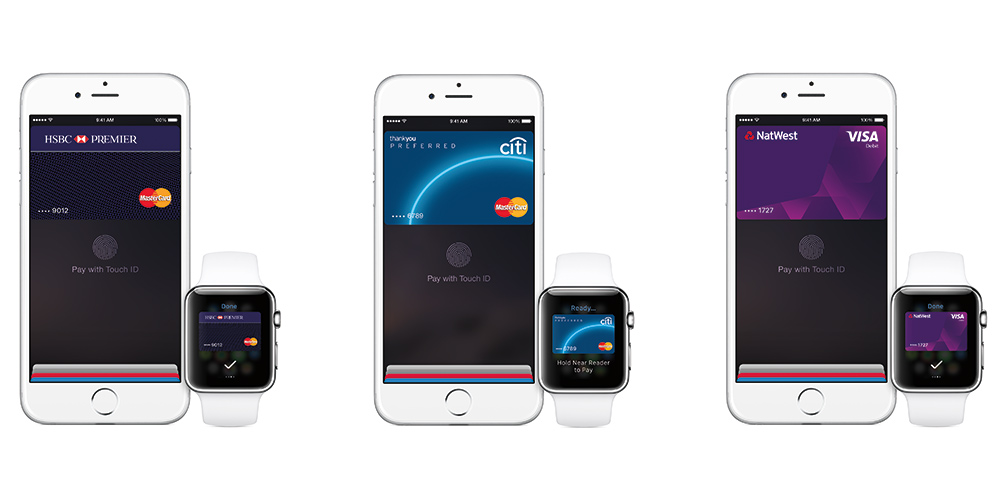 How to use Apple Pay in the UK: Everything you need to know
How to use Apple Pay in the UK: Everything you need to knowNews Apple Pay users will hit 86 million this year
By Clare Hopping
-
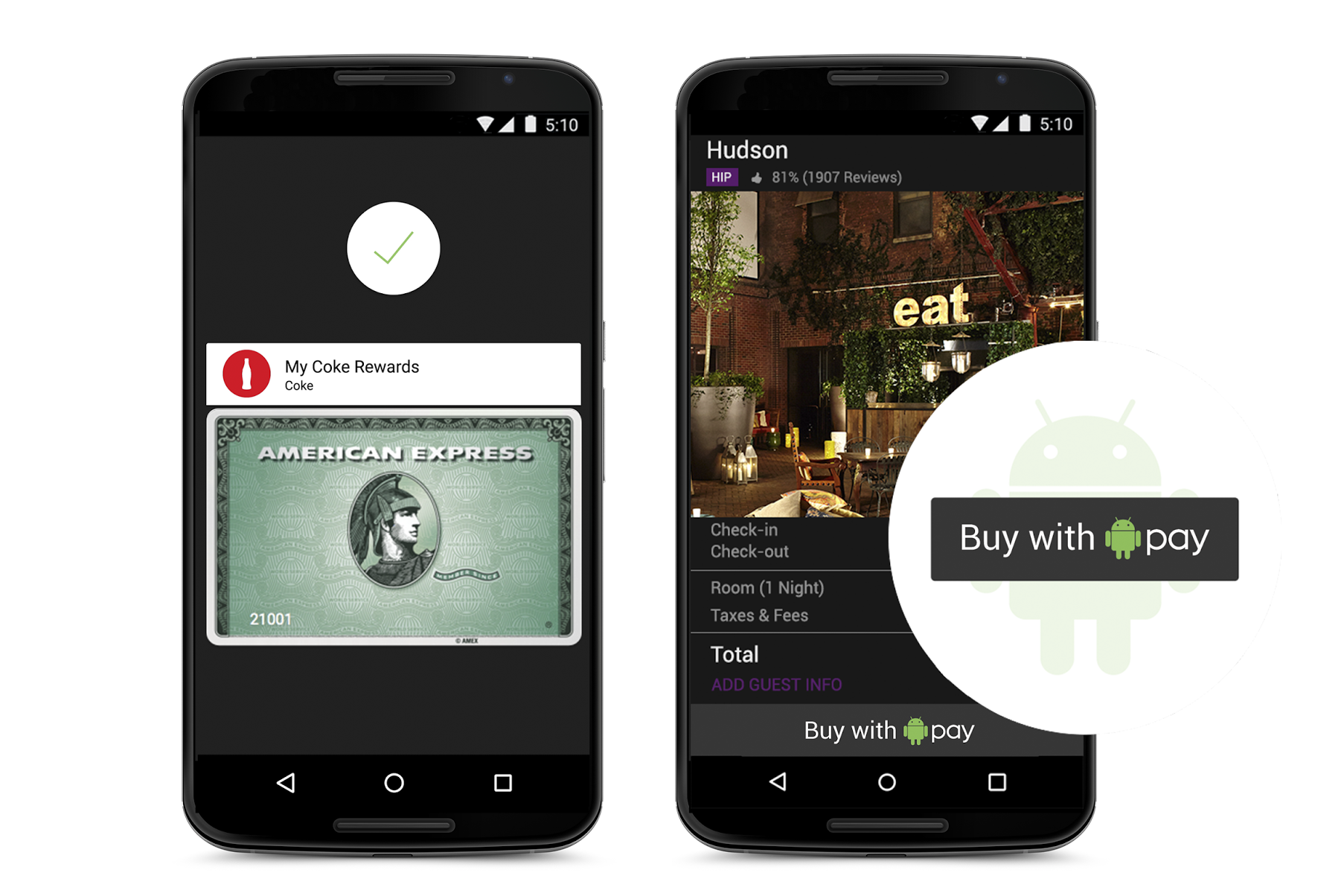 Android Pay: What is it and how do I use it?
Android Pay: What is it and how do I use it?News Emirates becomes the first global airline to offer UK customers Android Pay
By Jane McCallion
-
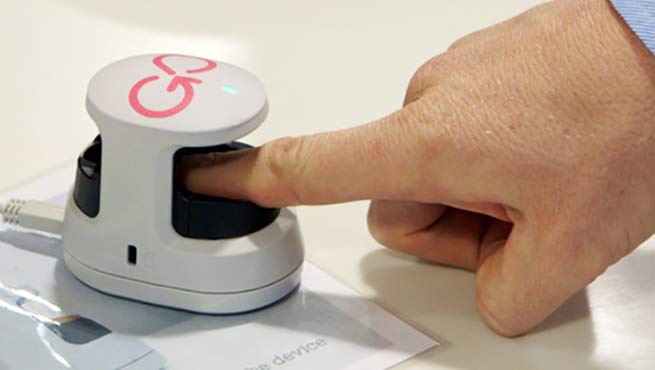 Forget Apple Pay, soon you'll pay for everything with your finger
Forget Apple Pay, soon you'll pay for everything with your fingerNews Payment company Sthaler predicts unique finger vein technology will replace passwords
By Adam Shepherd
-
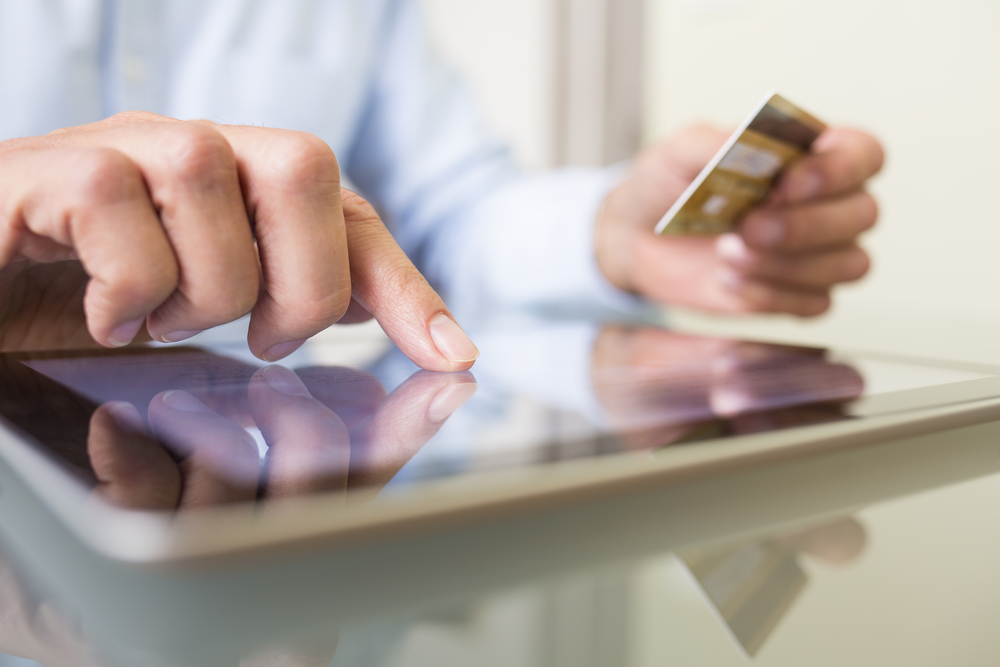 Banks could be key to mobile payments adoption, says report
Banks could be key to mobile payments adoption, says reportNews A new report on consumer habits for mobile payments has revealed massive opportunity for banks in the sector
By Caroline Preece
-
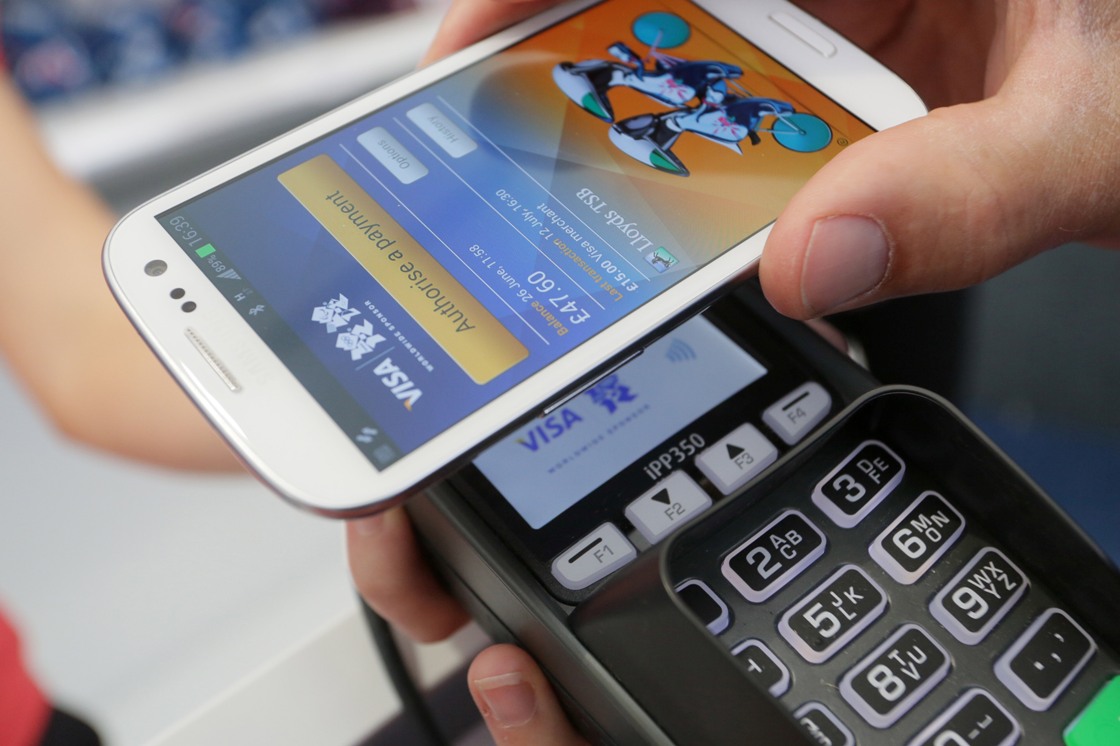 Contactless payments in the UK: Everything you need to know
Contactless payments in the UK: Everything you need to knowIn-depth Will Apply Pay, Android Pay and contactless payments kill off cash?
By Caroline Preece
-
 Samsung gives sneak preview of Apple Pay rival at MWC 2015
Samsung gives sneak preview of Apple Pay rival at MWC 2015News Samsung and MasterCard announce mobile payments system Samsung Pay, compatible with older card terminals
By Caroline Preece
-
 Samsung acquires Apple Pay rival LoopPay
Samsung acquires Apple Pay rival LoopPayNews Samsung has bought mobile payments company LoopPay, a competitor for Apple Pay
By Caroline Preece

